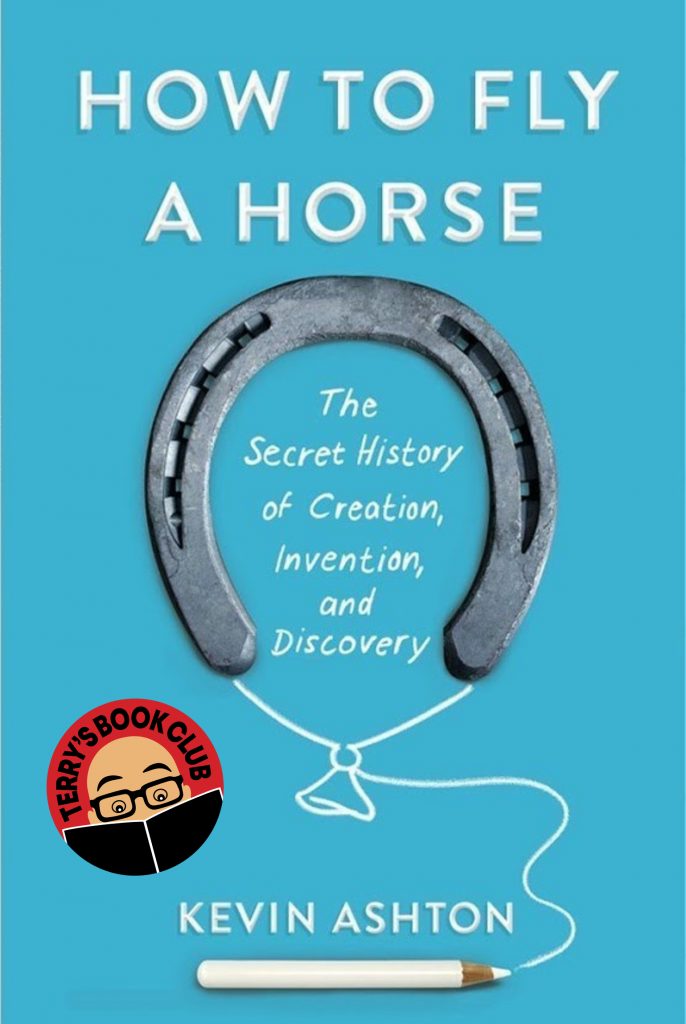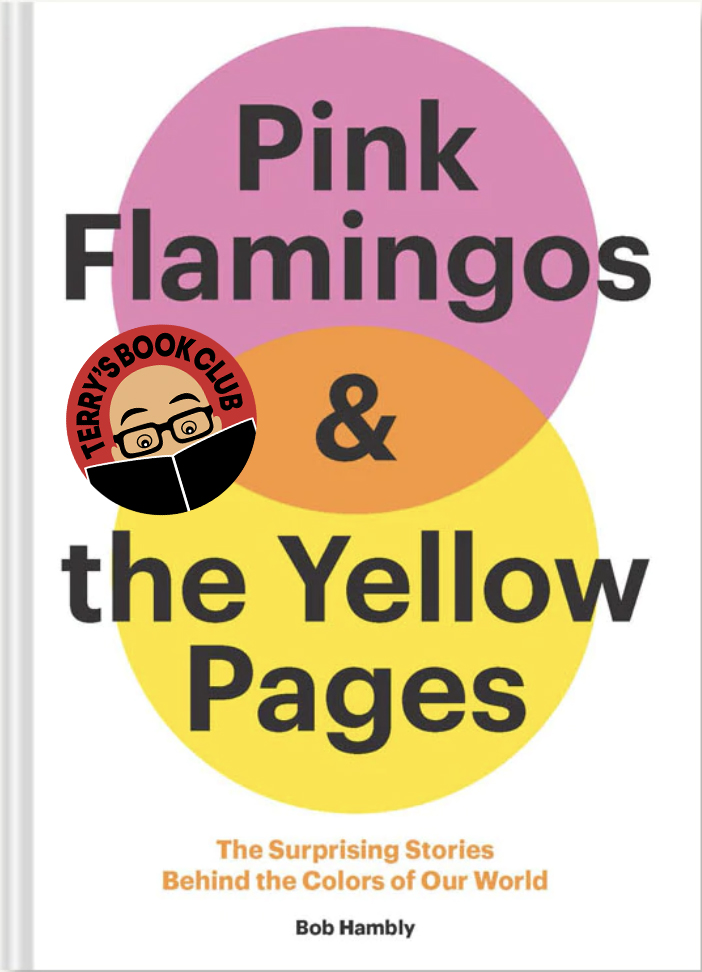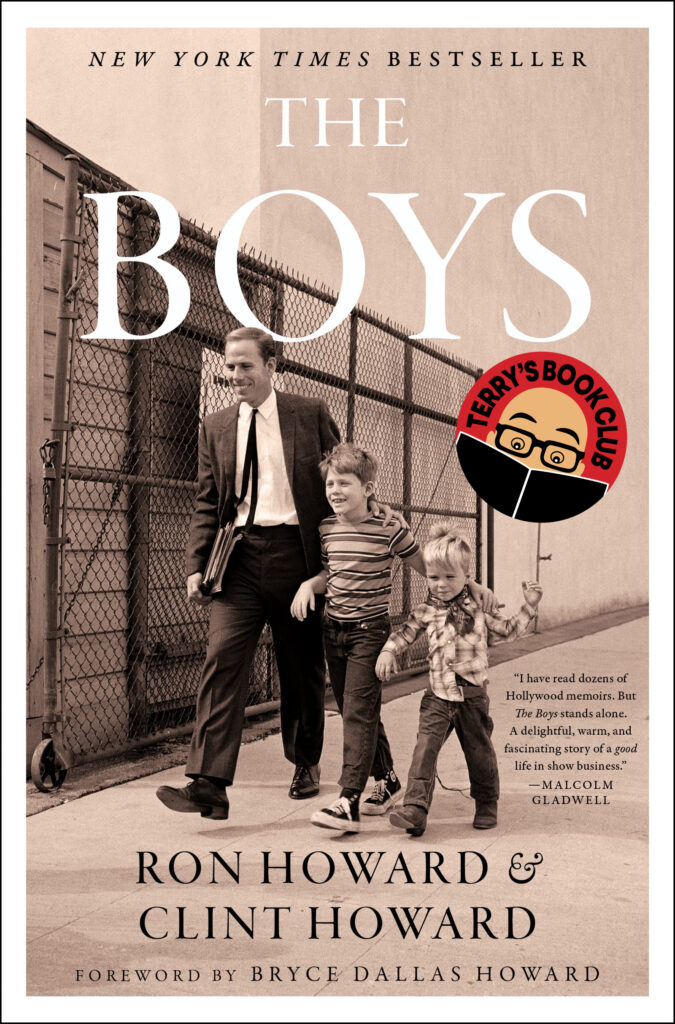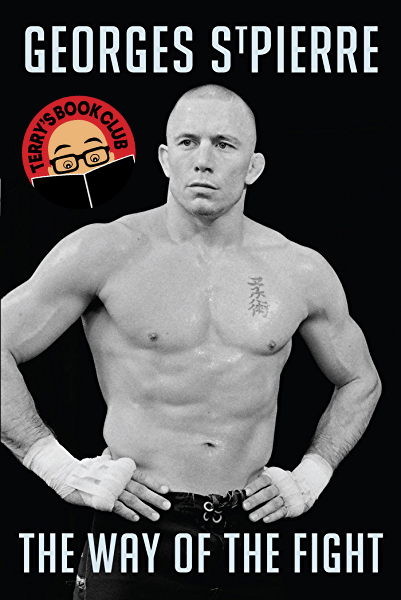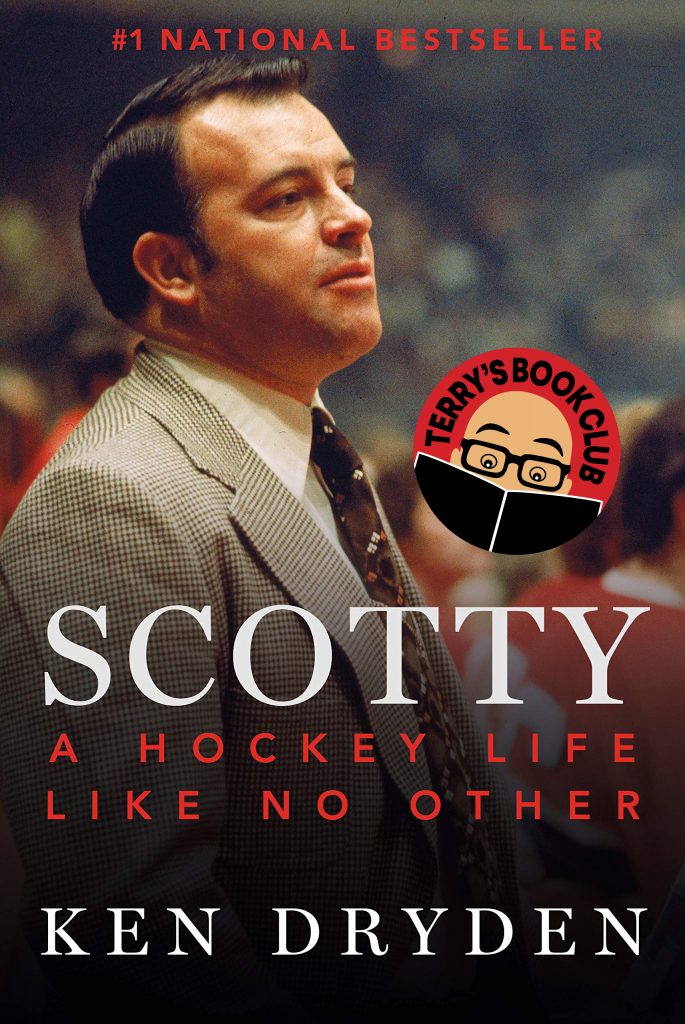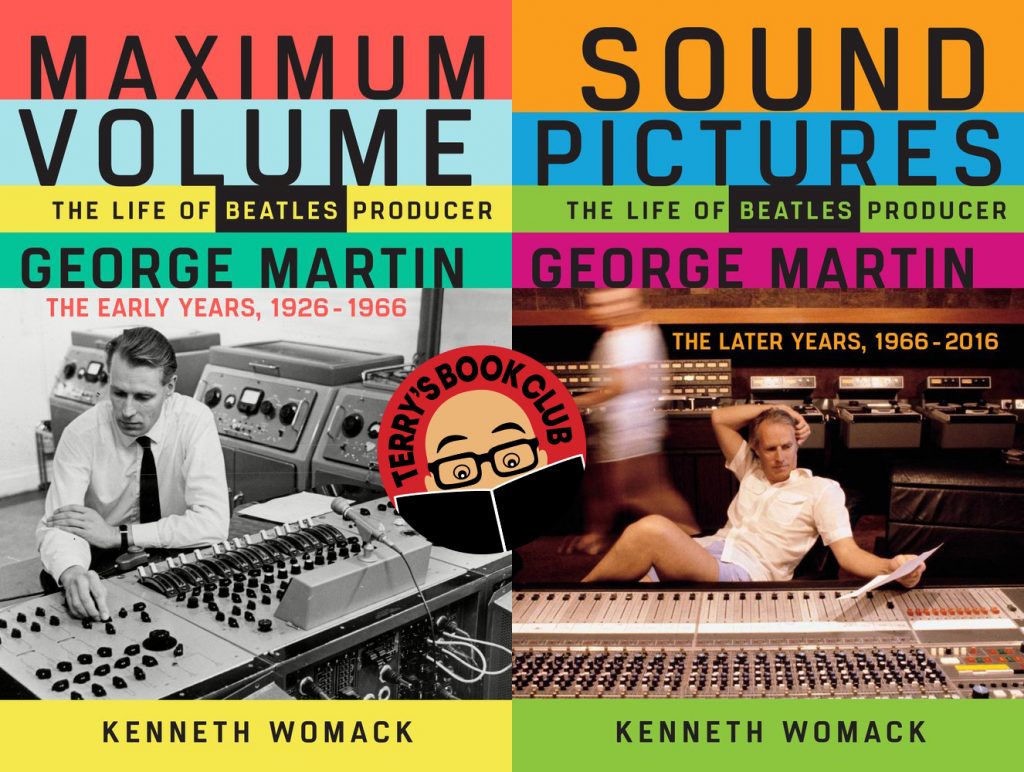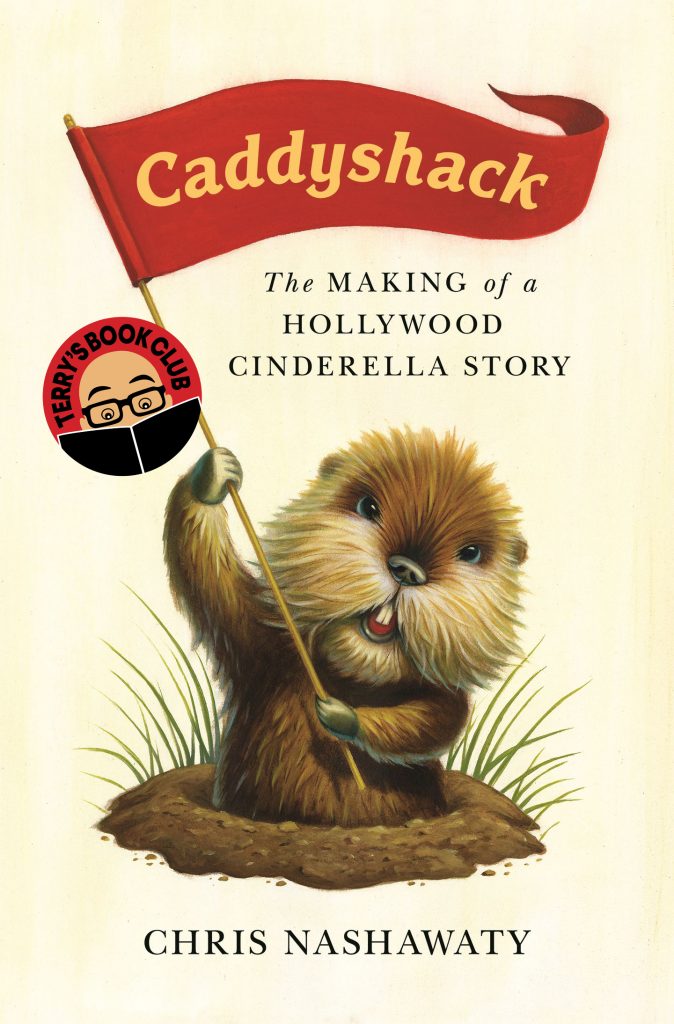This remarkable book mines the mysterious process of creativity.
It’s one of the best books I’ve read on the subject and I would recommend it as a perfect bookend to Creativity, Inc by Ed Catmull.
Ashton’s basic premise is this: There is no magical shortcut to creativity. No get-creative-quick schemes. Creators spend almost all of their time persevering, despite doubt, failure, ridicule and rejection until they succeed in making something new and useful.
In other words, creativity only comes from hard work.
This is something I’ve always believed. Creativity is a long series of problem solving. All great creative ideas are not giant leaps, but actually short hops. Put another way, success doesn’t strike, it accumulates. Creation is a never-ending list of wrong turns and dead ends. The most important thing successful creators have in common is that they don’t quit.
Ashton believes waiting for inspiration creates writer’s block.
Instead of sitting there hoping for a big inspiration, you gotta force it. Just write. Just tinker. Just strum your guitar. Break the blank page.
He also points out that the most creative organizations have the fewest internal meetings. This is an interesting insight that goes against the conventional thinking in most companies. Less meetings means more people spending more time creating. Less meetings means a less rigid process. Being too rigid causes you to miss unexpected opportunities.
By the end of this book, you’ll have a better, more comforting understanding of the creative process. Better – because the insights in this book help you break down the creative process. And it’s comforting to know that all successful people got that way by working hard.
These people weren’t geniuses. They just never gave up.
Top 3 Reasons To Read This Book:
1. Ashton believes in the power of “no.” Saying no guards time. The math of time is simple: You have less than you think and need more than you know. In other words, he stresses over and over again to be protective of your creation time.
2. He tells stories of inventors and artists who struggled to create their most famous discoveries. These stories are fascinating and inspiring.
3. Most of all, this book tells you that failure is not final. Failures are not a trash heap, but a foundation. Every failure is a learning moment that pushes you a step closer to success. That’s something we all need to hear.

